Now Reading: Optimizing Sales Enablement: Proven Must-Have Best Practices
-
01
Optimizing Sales Enablement: Proven Must-Have Best Practices

Optimizing Sales Enablement: Proven Must-Have Best Practices
Introduction
In today’s fast-paced and competitive business environment, sales teams face increasing pressure to perform and deliver results. To equip them for success, organizations are turning to Sales Enablement, a strategic function focused on providing sales teams with the resources, content, training, and tools they need to engage buyers effectively and close deals more efficiently [1]. Sales enablement is no longer a “nice-to-have”; it’s a must-have for businesses aiming to optimize their sales processes, enhance customer interactions, and drive consistent revenue growth.
This article delves into the critical realm of sales enablement, exploring proven best practices that are essential for optimizing its effectiveness in 2025 and beyond. By implementing these must-have strategies, organizations can empower their sales teams to reach their full potential and achieve sustainable sales excellence.
Understanding the Foundation: Defining Sales Enablement
What is Sales Enablement?
Sales enablement is a strategic, cross-functional discipline designed to increase sales productivity and improve sales effectiveness [2]. It’s about ensuring that every salesperson has the right resources at their fingertips to engage customers throughout the entire buyer journey. This encompasses a wide range of activities, all centered around empowering the sales team. Key components of sales enablement include:
- Providing Sales Content: Equipping reps with relevant, high-quality content (e.g., presentations, brochures, case studies, articles) that resonate with buyers and address their specific needs at each stage of the sales process [3].
- Delivering Sales Training: Offering continuous learning opportunities to enhance sales skills, product knowledge, and industry expertise. This includes onboarding new hires and ongoing development for experienced reps [4].
- Implementing Sales Technology: Leveraging technology solutions like CRM, content management systems, and sales analytics platforms to streamline workflows, automate tasks, and provide data-driven insights [5].
- Optimizing Sales Processes: Defining and refining efficient sales processes and methodologies to ensure consistency and best practice adoption across the sales organization [6].
Ultimately, sales enablement bridges the gap between strategy and execution, ensuring that sales teams are not just working hard, but working smart with the right support and resources.
Why is Sales Enablement Critical in 2025?
In 2025, sales enablement is more critical than ever due to the evolving landscape of sales and customer expectations. Several key factors are driving this increased importance:
- Increasing Buyer Sophistication: Today’s buyers are more informed and conduct extensive research before engaging with sales reps [7]. Sales enablement ensures reps are equipped to address complex questions and provide valuable insights.
- Demand for Personalized Experiences: Customers expect personalized interactions and solutions tailored to their unique needs [8]. Sales enablement helps reps deliver personalized experiences by providing them with customer insights and relevant content.
- Need for Sales Productivity: Organizations are constantly seeking ways to boost sales productivity and revenue generation [9]. Sales enablement directly addresses this by streamlining processes, automating tasks, and improving sales rep efficiency.
- Sales and Marketing Alignment Imperative: Effective sales enablement fosters tighter alignment between sales and marketing teams, ensuring consistent messaging and a seamless customer journey from lead generation to close [10].
- Data-Driven Sales Optimization: Sales enablement leverages data and analytics to track performance, identify areas for improvement, and optimize sales strategies for better results [11].
By embracing sales enablement, businesses can adapt to these evolving demands, empower their sales teams, and achieve a significant competitive advantage in 2025 and beyond.
Must-Have Sales Enablement Best Practices for 2025
To truly optimize sales enablement and drive impactful results, organizations must adopt proven best practices. Here are must-have strategies for 2025:
Develop a Clear Sales Enablement Strategy
A successful sales enablement initiative begins with a well-defined strategy that aligns with overall business goals and sales objectives [12]. This involves:
- Defining Objectives: Clearly outline what you want to achieve with sales enablement.
- Identifying Target Audience: Determine which sales roles and teams will be the primary focus.
- Establishing KPIs: Define Key Performance Indicators (KPIs) to measure success [13].
Understand Your Sales Team’s Needs
Effective sales enablement requires a deep understanding of your sales team’s specific needs and challenges [14]. To achieve this:
- Conduct Needs Assessments: Regularly survey and interview sales representatives.
- Gather Feedback: Establish channels for ongoing feedback from sales teams.
- Tailor Programs: Customize enablement initiatives to address unique needs.
Provide Relevant and High-Quality Content
Content is the fuel that powers effective sales conversations. Sales enablement must prioritize providing sales teams with content that is:
- Buyer-Centric: Content should directly address buyer needs [15].
- Varied Formats: Offer content in diverse formats.
- Accessible and Up to Date: Ensure content is easily discoverable and current.
Effective Sales Training and Coaching
Training and coaching are essential for equipping sales reps with the skills and knowledge they need to excel [4]. Best practices include:
- Ongoing Training: Provide continuous learning opportunities.
- Personalized Coaching: Offer individualized coaching sessions.
- Diverse Training Methods: Utilize a mix of training approaches.
Leverage Sales Enablement Technology
Technology plays a crucial role in scaling and optimizing sales enablement efforts [5]. Key technologies to leverage include:
- CRM Platforms
- Content Management Systems (CMS)
- Sales Analytics Platforms
- Sales Training Platforms
Foster Sales and Marketing Alignment
Sales enablement acts as a crucial bridge between sales and marketing, ensuring alignment and collaboration [10]. To strengthen this partnership:
- Establish Clear Communication Channels
- Collaboration on Content Strategy
- Shared Goals and Metrics
Measure, Analyze, and Iterate
Sales enablement is not static. Continuous measurement, analysis, and iteration are crucial for ongoing success [11]. This involves:
- Tracking Key Metrics
- Data Analysis
- Iterative Optimization
Personalization and Buyer-Centric Approach
In today’s customer-centric world, sales enablement must empower reps to deliver personalized and buyer-focused experiences [8]. This includes:
- Personalized Content Delivery
- Buyer Persona Focus
- Value-Based Selling
Focus on Continuous Learning and Development
The sales landscape is always evolving. Sales enablement must foster a culture of continuous learning within the sales organization. This can be achieved by:
- Promoting Ongoing Learning
- Knowledge Sharing Platforms
- Adapting to Change
Conclusion
Optimizing sales enablement goes far beyond checking off a list or applying a quick fix – it’s about building a resilient, adaptable system that truly empowers your sales team. Instead of simply addressing immediate challenges, it involves creating a well-designed framework that ties together proactive support, targeted resources, and continuous learning into one cohesive ecosystem. This means developing a clear, data-driven strategy that meets your team’s evolving needs while leveraging cutting-edge technology and fostering tight alignment between sales and marketing.
By nurturing a culture where continuous improvement and a buyer-focused approach are the norm, organizations can transform their sales functions into agile, high-performing teams that don’t just survive but excel in today’s competitive and customer-centric market. The payoff is significant: enhanced productivity, deeper customer engagement, and predictable, scalable revenue growth that fuels long-term success.
Looking ahead to 2025 and beyond, an effectively executed sales enablement strategy will not only be a competitive edge – but it will also define the difference between true sales leadership and the rest, ensuring your team is set up to thrive in the rapidly evolving world of modern commerce.
Frequently Asked Questions (FAQ)
Q1: What is Sales Enablement and why is it important?
A: Sales enablement is a strategic function focused on equipping sales teams with the resources, content, training, and tools they need to sell more effectively. It’s crucial because it directly impacts sales productivity, customer experience, and revenue growth.
Q2: What are the key components of a successful sales enablement strategy?
A: Key components include a clear strategy aligned with business goals, understanding sales team needs, providing relevant content, effective training and coaching, leveraging technology, sales and marketing alignment, and continuous measurement and optimization.
Q3: How can sales enablement improve sales productivity?
A: Sales enablement improves productivity by automating tasks, streamlining workflows, providing easy access to resources, enhancing sales skills through training, and ensuring reps focus on high value selling activities.
Q4: What role does technology play in sales enablement?
A: Technology is a critical enabler, providing platforms for content management, CRM integration, sales analytics, and training delivery, helping to scale and optimize enablement efforts.
Q5: How do you measure the success of sales enablement efforts?
A: Success is measured by tracking KPIs such as sales revenue growth, sales cycle length, conversion rates, content utilization, training effectiveness, and sales team performance improvements.
References
[1] – 20 Top Sales Enablement Best Practices & Tips For Success – https://blog.sendpotion.com/improve-sales-enablement-best-practices-tips-tactics-696a68df945f
[2] – 12 Sales Enablement Best Practices in 2024 – Spekit – https://www.spekit.com/blog/sales-enablement-best-practices
[3] – Sales Enablement Content Best Practices – Pursuit Pages – https://pursuitpages.com/sales-enablement-content-best-practices/
[4] – 11 Expert-Led Sales Enablement Best Practices to Use in 2025 – Qwilr – https://qwilr.com/blog/sales-enablement-best-practices/
[5] – The Definitive Guide to Sales Enablement for 2025 – Highspot – https://www.highspot.com/sales-enablement/
[6] – Sales Enablement in 2025: Definition, Roles, Strategy, & Top Practices – Lemlist – https://www.lemlist.com/blog/sales-enablement
[7] – The 2025 Sales Enablement Playbook for Field Leaders – Rallyware – https://www.rallyware.com/blog/the-2025-sales-enablement-playbook-for-field-leaders
[8] – Sales Enablement in 2025: What New Research Tells Us About Successful Teams – ATD – https://www.td.org/content/atd-blog/sales-enablement-in-2025-what-new-research-tells-us-about-successful-teams
[9] – 8 Sales Enablement Best Practices | Spinify – https://spinify.com/blog/8-sales-enablement-best-practices/
[10] – 17 Most Effective Sales Enablement Strategies For 2025 | 310 Creative – https://www.310creative.com/blog/sales-enablement-strategy
[11] – Sales Enablement Best Practices to Drive Revenue in 2024 – Klue – https://klue.com/blog/sales-enablement-best-practices/
[12] – Top 7 Sales Enablement Best Practices for 2024 – Bigtincan – https://www.bigtincan.com/blog/sales-enablement-best-practices/
[13] – 9 Sales Enablement Best Practices to Increase Sales Productivity – Lessonly – https://www.lessonly.com/blog/sales-enablement-best-practices-increase-sales-productivity/
[14] – 12 Sales Enablement Best Practices in 2024 – Spekit – https://www.spekit.com/blog/sales-enablement-best-practices




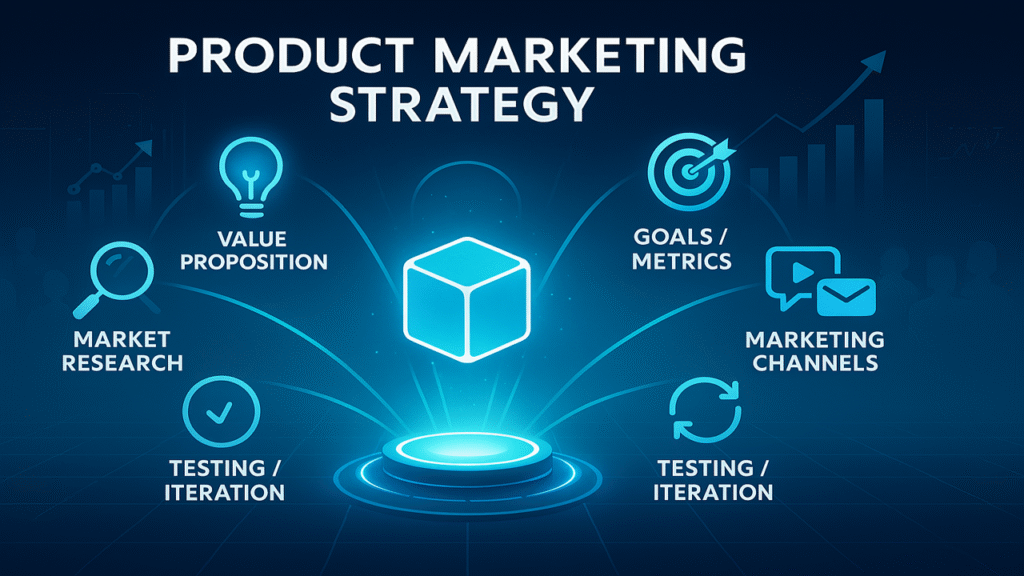


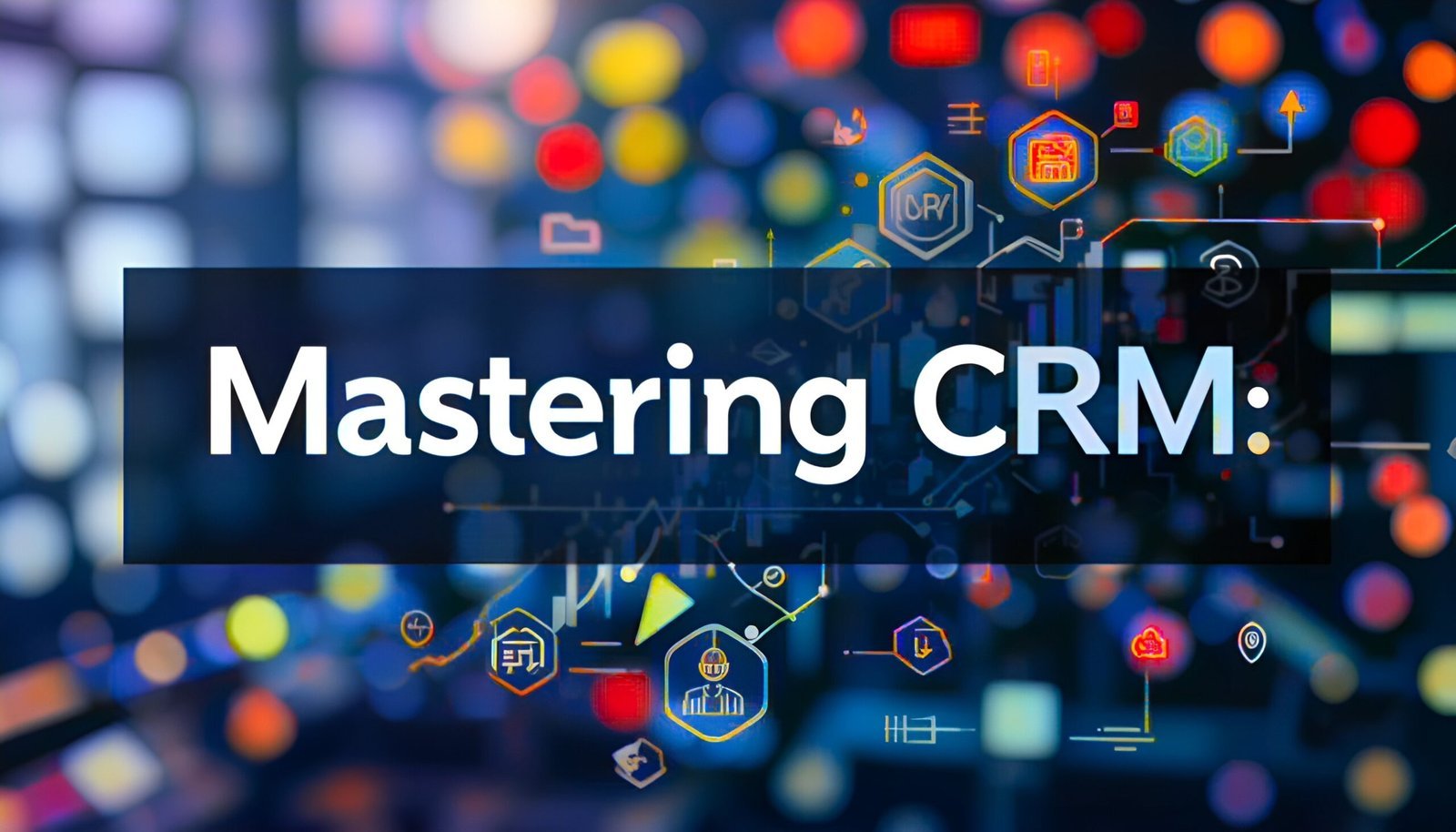
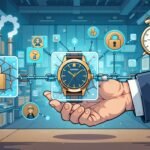
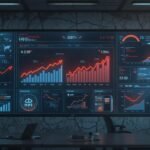
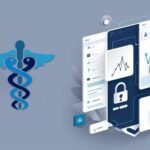

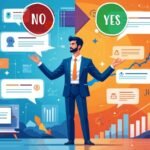


labākais binance norādījuma kods
Can you be more specific about the content of your article? After reading it, I still have some doubts. Hope you can help me.